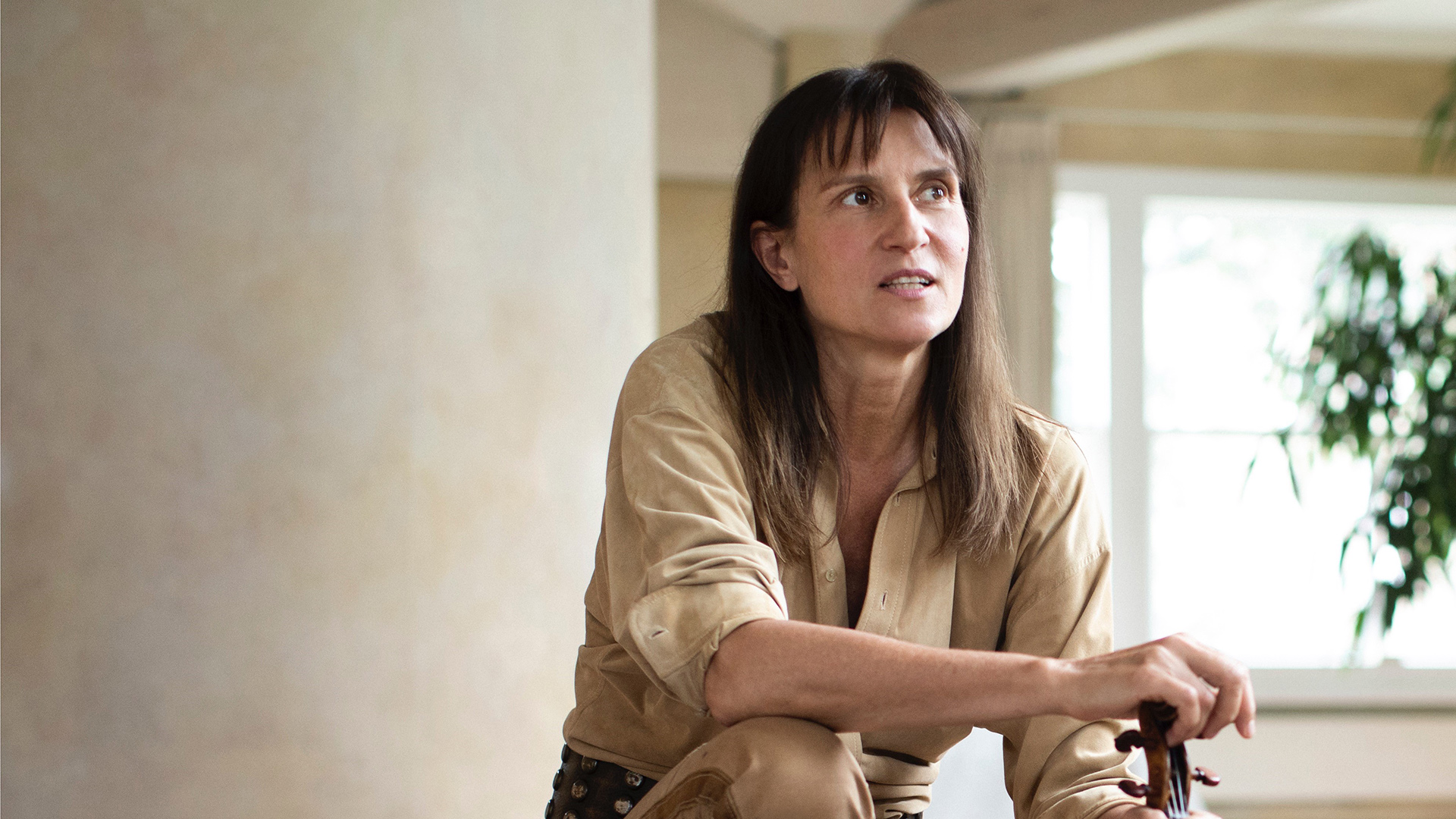Viktoria Mullova invites audiences in with true gems of concert repertoire; Arvo Pärt’s three pieces, which exude quiet, simple beauty. Jean Sibelius's diary entries about his Fifth Symphony reveal the ecstasy of composing: “I have a lovely theme. An adagio for the symphony – earth, worms and misery, fortissimo and sordinos [mutes], lots of sordinos. And the melodies are divine!!”
Donghoon Shin: The Hunter’s Funeral
Nowadays resident in London, South Korean Donghoon Shin (b. 1983) has already made a considerable name for himself and received prestigious commissions. Many of his works have counterparts in other arts. The Hunter’s Funeral (2017) alludes both to visual art and to Gustav Mahler. “For a long time I have been fascinated by different types of funeral march music in diverse cultures,” he says. “Melody and harmony in minor keys express sorrow and remorse while a rhythmic feature repeats itself underneath. Many composers were interested in this irony. For instance, in the third movement of Gustav Mahler’s Symphony No. 1, what starts as funeral music turns into a sarcastic dance.” The Hunter’s Funeral is Shin’s response to a woodcut by Moritz von Schwind (1850) depicting animals carrying a coffin of a hunter in a solemn march.
Arvo Pärt: Darf ich…; Fratres; Passacaglia
Estonian composer Arvo Pärt (b. 1935) spent years studying medieval chant and Renaissance polyphony before arriving at a style known as ‘tintinnabuli’ – a combination of melody, triads and polyphonic textures. Together they sound like a little bell, a ‘tintinnabulum’.
The three violin pieces on this programme, Darf ich (May I?, 1995/1999), Fratres (Brothers, 1997) and Passacaglia (2003/2007), were not originally a suite but when performed together act as a sort of concerto with the 10-minute Fratres as the emotional climax.
Darf ich asks a question, but the answers seem to hang in the air. “It is like the last sentence of a fairy tale: ‘And they lived happily ever after.’ The story leaves a memory and you cannot tell if it all happened in a dream or reality,” says Pärt. Fratres exists in no fewer than 17 arrangements for different instruments and is a set of variations separated by recurring percussion motifs. The Passacaglia is another set of variations, this time based on the tension between a falling bass line and a rising treble.
Jean Sibelius: Symphony No. 5, Op. 82
Composing did not come easily to Jean Sibelius (1865–1957); he was well over 20 before he completed any of his major works and was silent for the last few decades of his life. He premiered three different versions of his Symphony No. 5 between 1915 and 1919, each one more compact than the last. His biggest problem was the final build-up, and he solved it by cutting off the soaring theme as if with an axe. Some hear this as a climber facing a precipice at the top of a mountain, others as the despair of a composer who has reached an impasse.
The symphony is a mighty drama for the brass section from the very first bars right through to the finale inspired by flying swans. In retrospect, it is easy to see the fifth as one stage in a logical, unbroken line running right through his symphonies. Whereas the themes and movements of the earlier symphonies are more clear-cut and independent, the fifth is a major step towards the symphonic unity of the sixth, culminating in the one-movement seventh of 1924.

